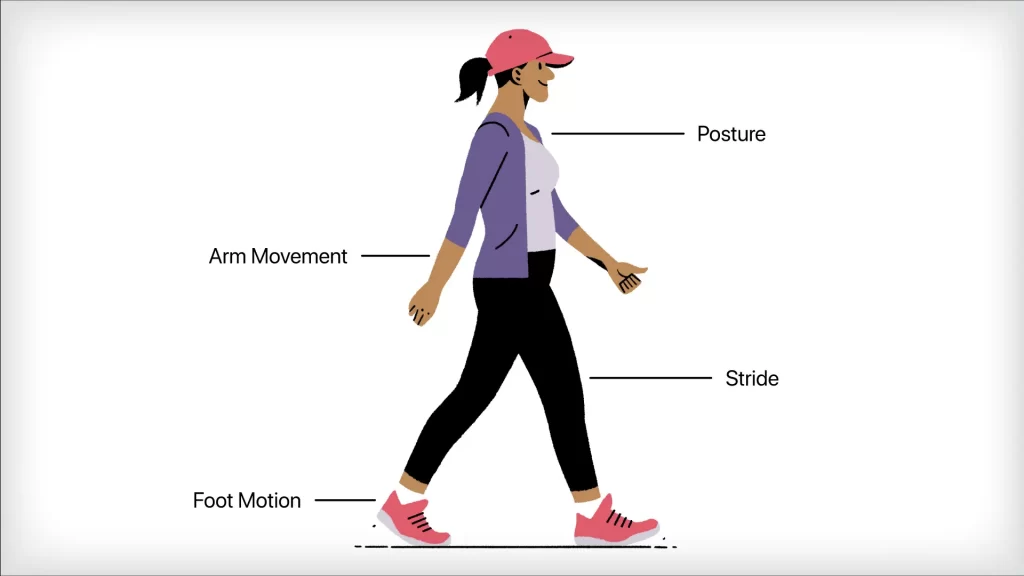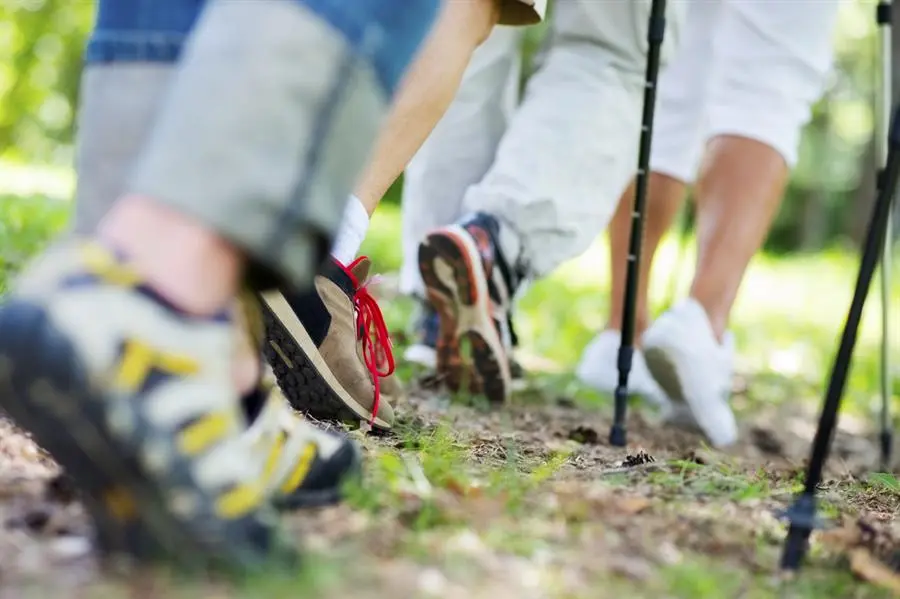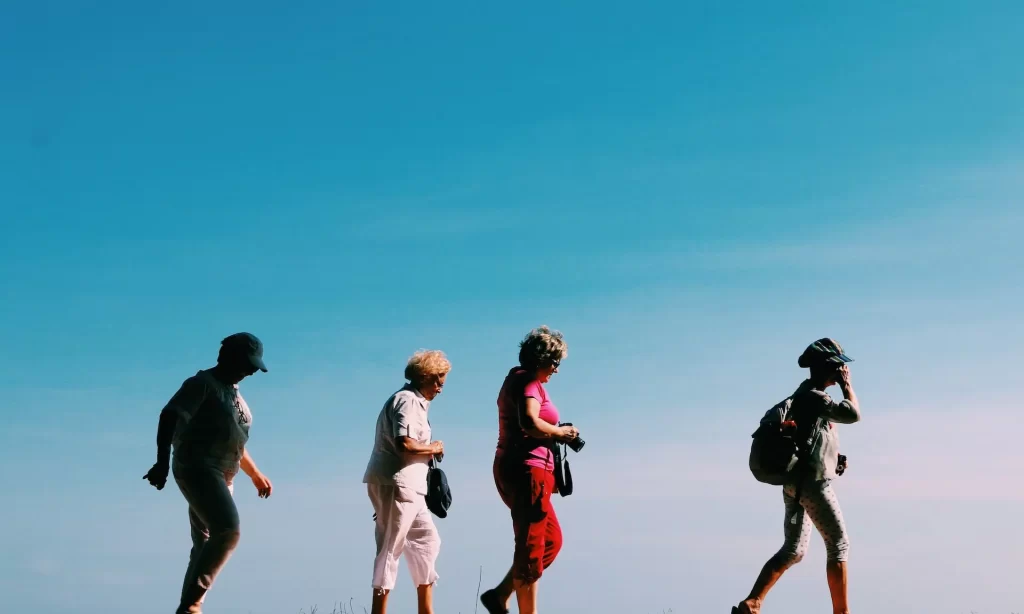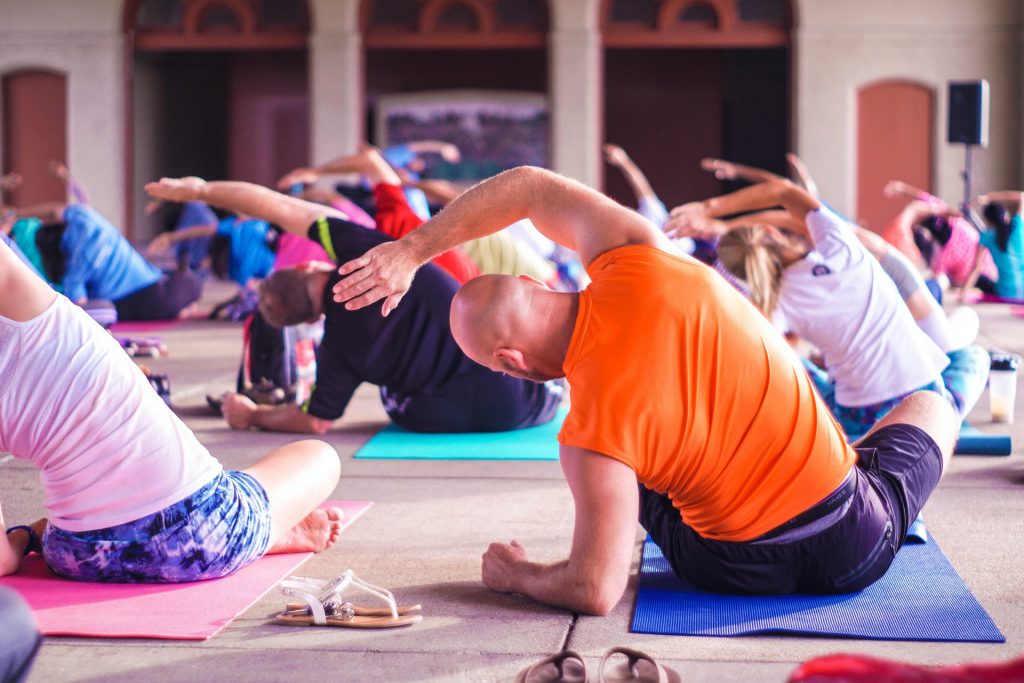Walking is excellent exercise for arthritis – but be aware of pitfalls which could increase the pain in your joints.
Having the correct walking posture

Posture is so important to avoid increased pain and discomfort in your joints.
Correct Techniques
- Head up
- Shoulders back
- Tummy in
- Swing from the hip
Incorrect Techniques
- Bending forward
- Linking hands in front (or behind)
- Slouching
- Swinging from the knee
Walking correctly ensures that your arms move in co-ordination with your stride.
Using the correct rhythm and stride

A comfortable rhythm will ensure that you achieve maximum benefit from your walk.
Steps that are too short
- Balance is distorted – puts unnatural pressure on joints
- Causes unnecessary muscle strain
- Disrupt regular pulmonary activity (leaving you short of breath)
Stride that is too long
- You have to over-reach, causing your hips to rotate, increasing the strain on the hip joints
- More taxing on the feet and lower legs
- Shin splints (straining the muscles on the front of the lower legs above the ankle)
- Increases pain in the lower back
If your back hurts after your walk, try shortening your stride slightly
The abdominal muscles dictate your rhythm and if these muscles are not strong, you will find it difficult to achieve a balanced, rhythmic stride.
Strengthening the tummy muscles by doing core exercises will help to improve your walking efficiency. There are several internet sites with core muscle exercises.
Walking on the best terrain (surface type)

Walking on long, flat grassy surfaces, and treadmills is probably best – they are constant and cushion the joints. Hard-packed wet sand is also a good option.
Tarmac and concrete have a jarring effect on your back as well as knees, hips, and feet. Continually walking on these surfaces may result in more pain after the walk. If you have no other option, ensure that your walking shoes have thick soles. In-soles can also help to cushion the impact.
Be aware that walking through forests will involve uneven ground and different types of terrain. This will interfere with your stride and your rhythm. It is best to alternate between forests and the above-mentioned terrains.
Using the correct footwear

Having the right shoes is extremely important. Don’t be tempted to use the old trainers you’ve had in the cupboard for the last 10 years! As the joints become unstable due to arthritis, well-fitted, supportive shoes are a necessity.
The right shoes will help to correct your posture, distribute your weight correctly, support the foot and ankle, and correct a pronate (foot inclines in) or supinate (foot inclines out) tendency.
Although a pair of properly fitted walking shoes costs more than normal sneakers, it is money well spent.
A good pair of thick cotton socks is advisable (for additional cushioning and comfort). The cotton allows the feet to breathe.
Using effective walking aids

If you use a cane or walking frame, you can still do so in a walking regime for fitness and to become more limber.
When using a cane, a firmer terrain is a better choice (for stability). As you won’t be walking at a fast pace, the jarring effect from the hard surface will not be so severe.
Correct posture applies just as much when using a walking aid.
Some people who use a walking frame tend to lean on it or slouch over it. This effects posture, stride, and rhythm. It also puts greater (unnatural) strain on the back and knees and effects efficient pulmonary action (breathing).
Nordic poles improve balance and stability and take pressure off of joints.
Stretching before and after your walk

- Before walking, stretch the front and back thigh muscles, calves, ankles, arms, and shoulders. These are gentle stretches, and each stretch should be held for about 10 seconds. Don’t “jerk” into the stretch.
- Stretching after your walk is equally important. The tendons and muscles are warm and flexible. The stretches can be taken further than before the walk (gently – don’t force the stretch), thereby improving ongoing comfortable flexibility.
- Post-stretching also redistributes the lactic acid which builds up in the muscles during exercise and may cause cramping if not released into the bloodstream.



